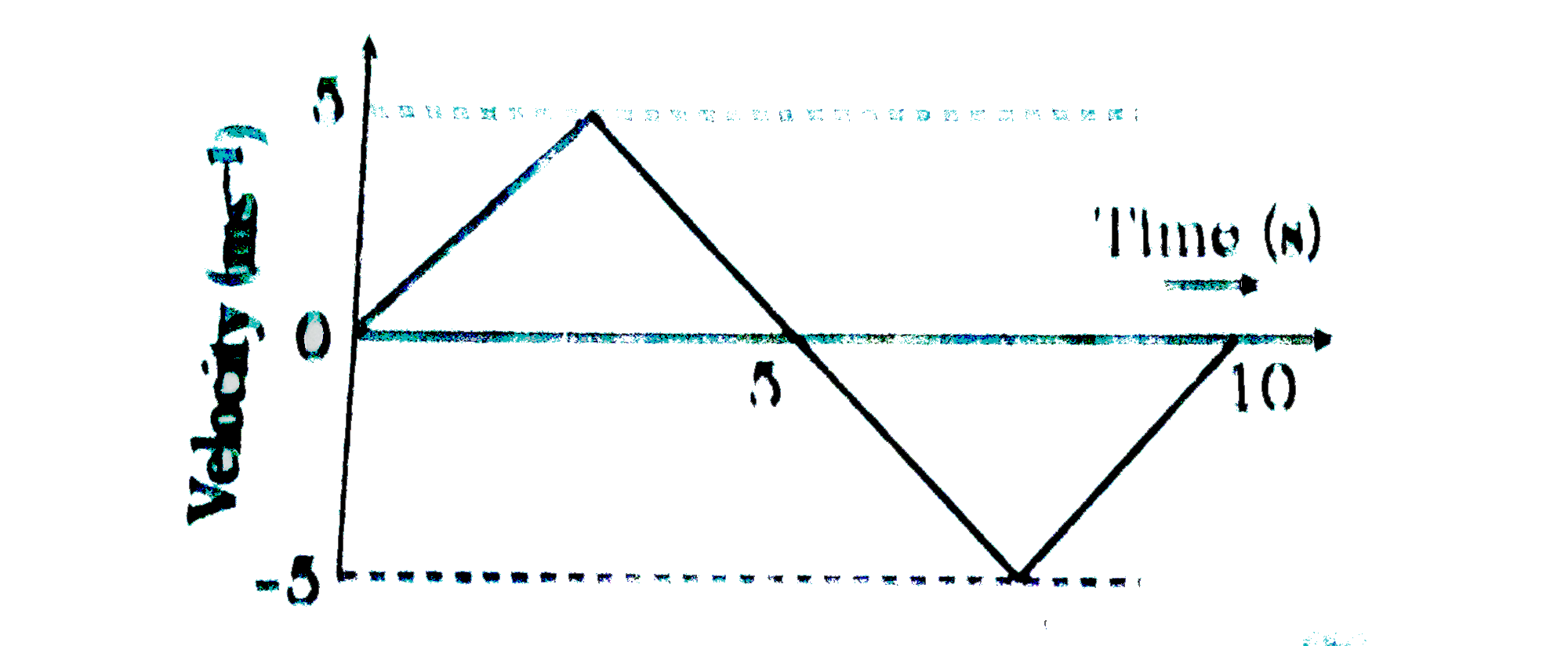Define velocity of an object
Displacement of the body in unit time is called its velocity.
Topper's Solved these Questions
- MEASUREMENTS AND MOTIONBOOK - PEARSON IIT JEE FOUNDATIONCHAPTER - MEASUREMENTS AND MOTIONEXERCISE - CONCEPT APPLICATION
5 Videos
- MEASUREMENTS AND MOTIONBOOK - PEARSON IIT JEE FOUNDATIONCHAPTER - MEASUREMENTS AND MOTIONEXERCISE - ASSESSMENTS TESTS (TEST 1)
23 Videos
- MEASUREMENTS AND MOTIONBOOK - PEARSON IIT JEE FOUNDATIONCHAPTER - MEASUREMENTS AND MOTIONEXERCISE - TEST YOUR CONCEPTS (VERY SHORT ANSWER TYPE QUESTIONS)
45 Videos
- LIGHTBOOK - PEARSON IIT JEE FOUNDATIONCHAPTER - LIGHTEXERCISE - ASSESSMENT TEST (CROSS WORD )
11 Videos
- MOVEMENT - AN AMAZING ACTIVITY BOOK - PEARSON IIT JEE FOUNDATIONCHAPTER - MOVEMENT - AN AMAZING ACTIVITY EXERCISE - CROSSWORD
1 Videos
Similar Questions
Knowledge Check
During motion of an object along a straight line, the change in velocity of the object for any time interval is zero.
AlinearBtranslationalCequilibriumDuniformThe v-t plot of a moving object ios shown in the figure. The average velocity of the object during the first 10 s is
 AzeroB2.5ms−1C5ms−1D2ms−1
AzeroB2.5ms−1C5ms−1D2ms−1
If the velocity of an object is increasing and changing at a uniform rate then the acceleration of the object is
(i) Positive (ii) Zero
(iii) Negative (iv) Not defined
View SolutionProve that average velocity of an object can never be greater than the average speed of an object over a given interval of time.
View SolutionDefine relative velocity. Deduce an expression for relative velocity of one object with respect to another in terms of their velocities relative to the earth.
View SolutionThe graph of an object’s motion (along the x-axis) is shown in the figure.The instantaneous velocity of the object at points A and B arevA and vB respectively. Then

View SolutionRepresent the motion of an object in unifrom motion along a straight line when both initial distance and velocity of the object is positive .
View SolutionTwo objects of masses 100g and 200g are moving along the same line in the same direction with velocities of 2m/s and 1m/s, respectively. They collide and after the collison, the first object moves at a velocity of 1.67m/s in the same direction. Determine the velocity of the second object.
View Solution
